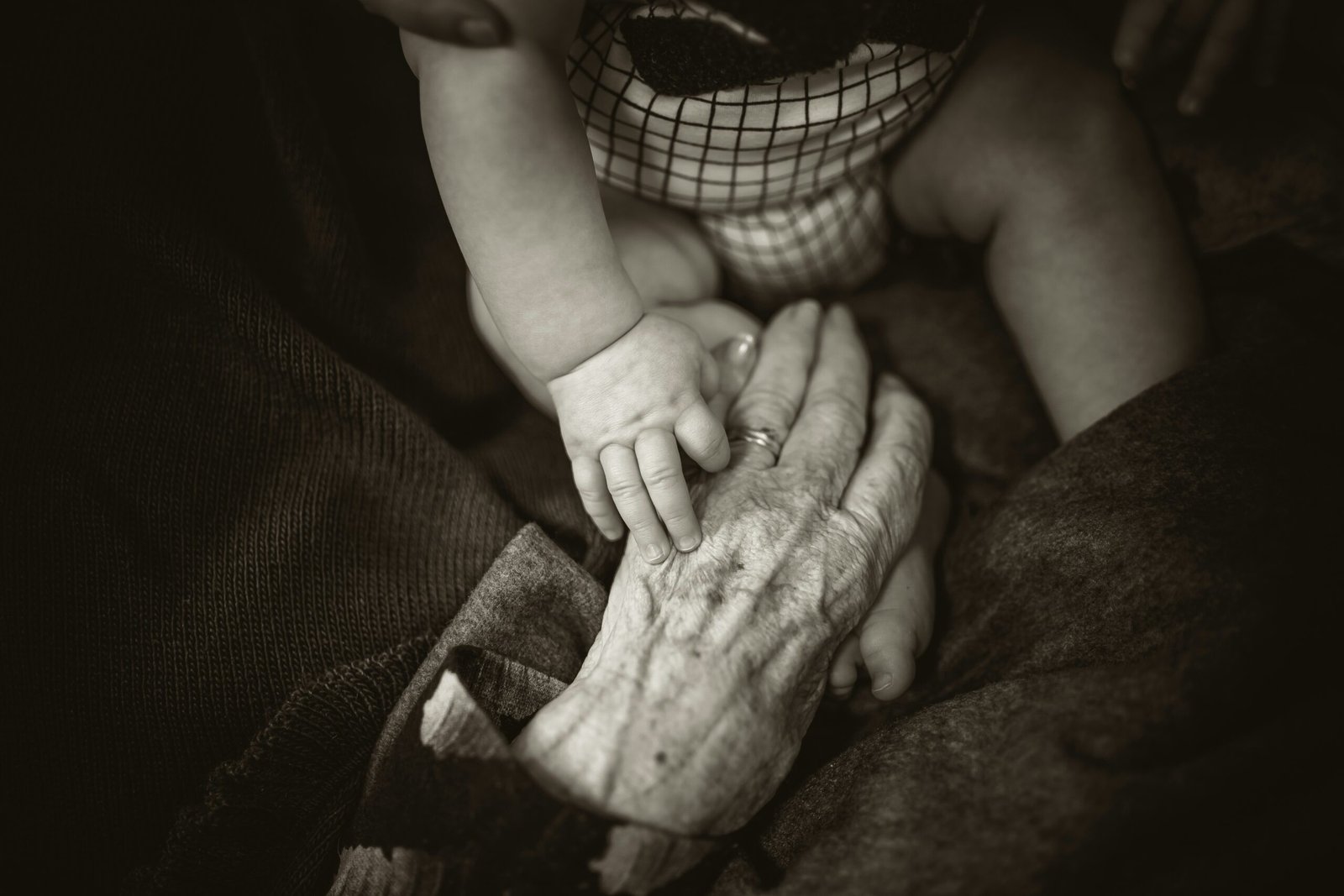Good Night, Irene by Luis Alberto Urrea: The Unforgettable WWII Novel About Red Cross “Donut Dollies”
If you love historical fiction that feels both cinematic and intimate, here’s a story that will grab you by the heart and not let go. Good Night, Irene isn’t just another World War II novel—it’s a tribute to the overlooked women who served on the front lines with courage, grit, and warmth. Luis Alberto Urrea pours his mother’s real-life Red Cross service into the book’s DNA, weaving a tale that’s as exhilarating as it is deeply humane.
Maybe you’re here because you’ve heard the buzz, you saw it on the bestseller lists, or a book club friend pressed it into your hands and said, “You need to read this.” You’re right to be curious. This is a war story told through coffee, donuts, banter, diesel fumes, and unbreakable friendship—the everyday lifelines that kept soldiers human as history turned on a knife’s edge.
What Good Night, Irene Is Really About
Set in 1943, the novel opens with Irene Woodward making a life-or-death pivot—walking away from an abusive fiancé in New York and enlisting with the Red Cross. In training, she meets Dorothy Dunford, a tall, wisecracking Midwesterner whose bravery is equal parts wit and warmth. Their friendship becomes the novel’s heartbeat.
Irene and Dorothy join an elite group of women known as the Donut Dollies. They operate Clubmobiles—souped-up military vehicles that deliver hot coffee, fresh donuts, records, and conversation to soldiers at or near the front. These rolling morale machines are more than novelties; they’re a lifeline to home, normalcy, and sanity in a world on fire. After D-Day, Irene and Dorothy follow the Allied push into France, where their days blur into mud, smoke, and fleeting moments of joy.
What gives the story its emotional charge are the stakes. From the Battle of the Bulge to the liberation of Buchenwald, the two friends move closer to danger, loss, and the edges of human endurance. Irene also falls for Hans, a courageous American fighter pilot, and through that love—and Dorothy’s steadfast presence—she relearns trust in the shadow of war. Want to see why so many readers are raving? Check it on Amazon.
The Real History Behind the Novel: Donut Dollies and Clubmobiles
Urrea doesn’t invent the Donut Dollies—he revives them. During WWII, American Red Cross women served close to combat zones, staffing Clubmobiles that offered donuts, coffee, and hard-won levity to soldiers who hadn’t seen home in years. If you want to dig deeper into the real history, the American Red Cross has shared accounts of these women and their daily routes under fire, broken bridges, and relentless weather here.
Clubmobiles weren’t just snack trucks; they were sophisticated morale operations, complete with record players, stationary, and radios. Many Dollies learned to drive stick in heavy vehicles, repair breakdowns on the fly, and mediate tense moments as troops cycled through fear and fatigue. For a broader picture, this Smithsonian feature offers a compelling overview of their role and legacy here. Here’s why that matters: the book’s most powerful scenes work because they’re grounded in truth. Readers feel the grit beneath Irene’s boots and the significance of a hot drink before battle, precisely because so many women really did this work.
Themes That Linger: Friendship, Valor, and the Cost of Hope
At its core, Good Night, Irene is a novel about chosen family. Irene and Dorothy become each other’s compass when formal structures fail. Their bond sits at the center of the book’s emotional map—constant, generous, and sometimes painfully tested. Through crises big and small, Urrea shows how compassion and humor become survival tools.
The novel also explores moral complexity in war. The Battle of the Bulge—a brutal winter siege that pushed soldiers to their limits—features here, and it’s worth refreshing your knowledge of that campaign to appreciate what the characters endure (read more via the National WWII Museum here). Later, the liberation of Buchenwald confronts the characters (and us) with the stark reality of genocide; the United States Holocaust Memorial Museum’s overview is essential context here. Urrea handles this material with restraint and care, allowing human connection to illuminate horror without exploiting it.
Love also matters—but it’s not the whole show. Irene’s relationship with Hans is tender and believable, a counterpoint to chaos rather than a narrative escape hatch. The romance helps Irene reclaim her agency and rewrite the story someone else tried to script for her. Ready to dive in now? See price on Amazon.
Urrea’s Storytelling Craft: Generous, Detailed, and Immersive
If you’ve read Luis Alberto Urrea before, you know his prose is both grounded and lyrical. He writes with a reporter’s eye and a poet’s ear, letting humor, pain, and love coexist on the page. The Financial Times captured it well—he’s a generous writer, determined to “capture life itself.” That generosity shows up here in the sensory detail: the grease on clubmobile gears, the sting of winter air, the morale-boosting chatter that feels like a cup of warmth.
Structurally, the novel balances sustained tension with intimate character beats. Urrea’s scenes move—marching with convoys, dodging shellfire, or dancing in an improvised mess tent—yet the story never loses sight of the humans at the center. He also ties the historical scaffolding tightly: this isn’t a history lecture wearing a dress uniform; it’s a lived-in narrative that earns its emotional peaks. For a thoughtful review that underscores these strengths, see NPR’s take here.
Who Will Love This Book?
- Readers of character-driven WWII fiction like Kristin Hannah’s The Nightingale or Kate Quinn’s The Alice Network.
- Fans of stories about women’s hidden labor during wartime (think Band of Sisters or any deep dive into the Women’s Army Corps).
- Book clubs looking for a page-turner with depth, historical texture, and discussion-worthy ethics.
- Anyone who appreciates novels that honor real-life heroism without sugarcoating trauma.
What sets Good Night, Irene apart is its focus on morale work—the soft power that keeps people going when hard power dominates headlines. It’s also a love letter to friendship under fire, which is rarer than you’d think in war fiction.
Which Edition Should You Buy? Formats, Features, and Tips
The paperback edition of Good Night, Irene hit shelves on June 4, 2024, making it a timely pick for summer reading lists and book clubs. You’ll find it in multiple formats—paperback, hardcover, eBook, audiobook, and often library editions. If you’re choosing a format, you can View on Amazon for current editions and specs.
Here’s what to consider as you choose:
- Format options: paperback (portable and budget-friendly), hardcover (giftable and durable), eBook (instant access and adjustable fonts), audiobook (ideal for commutes or chores).
- Length: expect a substantial, immersive read in the 400-plus-page range—enough room for Urrea to build world, stakes, and intimacy.
- Audiobook: look for an experienced narrator with range; the banter, tension, and geographic shifts really reward performance.
- Book club value: most print editions include acknowledgments or an author’s note that deepens the real-life inspiration—great for discussion.
- Availability: as a New York Times bestseller, it’s widely stocked; if you want to confirm what’s in print now, check the NYT lists here.
Buying tips: – If you annotate, paperback is ideal—lots of white space and comfortable margins. – If you’re gifting, hardcover plus a note about the author’s family history behind the novel adds meaning. – eBook or audiobook are excellent if you want to sample before a full commitment or if accessibility features matter.
A Book Club Favorite: Discussion Questions and Themes to Explore
Whether you’re reading solo or with a group, this novel begs for conversation. Try prompts like these to open things up:
- Irene’s defining choice is to leave an abusive relationship and enlist. How does that decision ripple through the story?
- Dorothy often uses humor as a shield. When does it serve her, and when does it fail her?
- The Donut Dollies offer comfort in a war machine. Do small acts of kindness feel more or less powerful in a brutal context?
- Urrea depicts both adrenaline-fueled action and quiet aftermath. Which scenes stayed with you longer—and why?
- How does the novel handle trauma and survivor’s guilt? What feels tender, and what feels unflinching?
- The romance between Irene and Hans is deeply human but not escapist. How does it shape your understanding of courage?
- After finishing, what did you learn (or unlearn) about women’s roles in WWII?
Pro tip: pair your meeting with small comforts—coffee, simple pastries, wartime-era tunes softly in the background—to honor the Dollies’ spirit of care and camaraderie.
How It Compares to Other WWII Fiction
Good Night, Irene belongs on the same shelf as popular WWII novels, but it steps into a lane we don’t see often. Instead of codebreakers, nurses, or spies, it centers women whose mission was to keep spirits intact. That lens changes how we read bravery: yes, there are bullets and bombers, but there’s also the life-saving humanity of warm coffee, shared jokes, and a record spinning like a promise. Prefer to sample a few pages first? Shop on Amazon.
About the Author: Luis Alberto Urrea
Luis Alberto Urrea is a Pulitzer Prize finalist and a writer of remarkable range—equally at home in nonfiction, poetry, and expansive fiction. If you’ve read The House of Broken Angels or The Hummingbird’s Daughter, you’ll recognize the empathy, humor, and attention to the borderlands of identity that define his work. Good Night, Irene stands apart because of its personal roots: Urrea’s mother served with the Red Cross, and that legacy anchors every page. Explore more about the author and his books here. When you’re ready to add it to your stack, Buy on Amazon.
FAQs: Good Night, Irene (People Also Ask)
Is Good Night, Irene based on a true story?
It’s a novel inspired by real history, and specifically by the author’s mother’s service with the American Red Cross during WWII. Many details about the Donut Dollies and Clubmobiles are drawn from documented accounts.
Who were the “Donut Dollies,” and what did they do?
They were American Red Cross workers who brought coffee, donuts, music, and conversation to troops near the front lines, operating out of Clubmobiles. Their mission was morale, and they often served under dangerous conditions; learn more via the Red Cross here.
Is this a romance novel?
It includes a moving love story, but the romance is one thread in a broader tapestry about friendship, resilience, and war. The primary relationship is the friendship between Irene and Dorothy.
Is the book appropriate for book clubs?
Absolutely. It’s rich with historical detail, ethical questions, and emotionally resonant moments. It’s also widely available in paperback, making it accessible for groups.
How intense is the war content?
It depicts battlefield danger and the realities of concentration camp liberation with care. While it’s not gratuitous, readers sensitive to wartime trauma should be aware of those scenes; the USHMM has helpful context on Buchenwald here.
What’s the reading level and style like?
Urrea writes clear, immersive prose—approachable but layered. The pacing mixes action with reflective, character-driven scenes, making it a satisfying yet emotionally textured read.
How long is the book?
Expect a 400-plus-page novel that you can read over a few long evenings or a week, depending on your pace. The audiobook typically runs into the low double-digit hours.
Is there a reading order or series?
No, it’s a standalone novel.
Where else can I learn about the historical battles in the book?
For the Battle of the Bulge, the National WWII Museum offers an excellent overview here.
Final Takeaway
Good Night, Irene is a big-hearted, pulse-quickening story about women who showed up for soldiers and for each other when it mattered most. It honors everyday bravery, elevates friendship to the level of heroism, and brings a neglected chapter of WWII history into the light. If you’re building a reading list that blends momentum with meaning, put this one near the top—and keep the conversation going by sharing your thoughts or subscribing for more deep-dive book guides like this.
Discover more at InnoVirtuoso.com
I would love some feedback on my writing so if you have any, please don’t hesitate to leave a comment around here or in any platforms that is convenient for you.
For more on tech and other topics, explore InnoVirtuoso.com anytime. Subscribe to my newsletter and join our growing community—we’ll create something magical together. I promise, it’ll never be boring!
Stay updated with the latest news—subscribe to our newsletter today!
Thank you all—wishing you an amazing day ahead!
Read more related Articles at InnoVirtuoso
- How to Completely Turn Off Google AI on Your Android Phone
- The Best AI Jokes of the Month: February Edition
- Introducing SpoofDPI: Bypassing Deep Packet Inspection
- Getting Started with shadps4: Your Guide to the PlayStation 4 Emulator
- Sophos Pricing in 2025: A Guide to Intercept X Endpoint Protection
- The Essential Requirements for Augmented Reality: A Comprehensive Guide
- Harvard: A Legacy of Achievements and a Path Towards the Future
- Unlocking the Secrets of Prompt Engineering: 5 Must-Read Books That Will Revolutionize You







